Hiatal hernia surgery
A hernia of the esophageal orifice of the diaphragm is accompanied by unpleasant symptoms of indigestion, causes pain, and in case of strangulation can lead to tissue necrosis and sepsis. Timely diagnosis and treatment can reduce the risk of complications and improve the quality of life.
In the surgery department of the K+31 clinic (Moscow), operations are performed using a modern laparoscopic method. This contributes to short rehabilitation and stable remission.

specialists

equipment

treatment
Causes of the disease
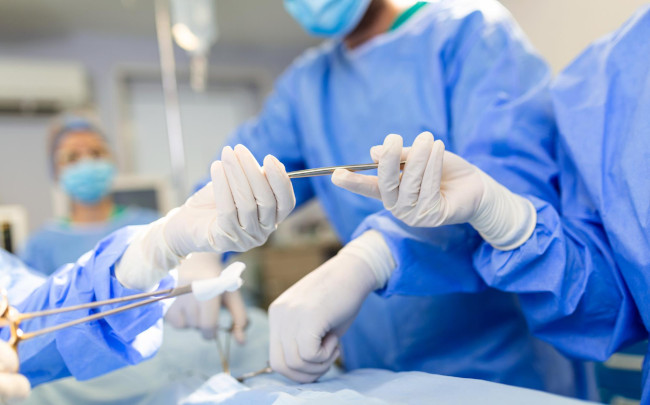
All factors leading to the appearance of GERD can be conditionally divided into congenital and acquired. Some children are already born with a shortened esophagus, without treatment they gradually develop a hiatal hernia.
Pathology can develop in adulthood if:
- The ligamentous apparatus of the diaphragm and esophagus is weakened (due to prolonged bronchitis, pneumonia, bronchial asthma)
- A history of gastrointestinal diseases (gastritis, duodenitis, ulcers, pancreatitis, cholecystitis), which are accompanied by frequent vomiting, impaired intestinal motility
- Periodically increases intra-abdominal pressure
- There were closed abdominal injuries
- You often have to lift heavy objects
- There is free fluid in the abdominal cavity (ascites)
Large weight and stretching of the peritoneum with Obesity or pregnancy often contribute to the development of a hiatal hernia. Large neoplasms in the abdominal cavity can also cause persistently high intra-abdominal pressure. Over time, they stretch the diaphragmatic ligaments and the opening becomes wider.
Classification and stages of hernia development
Depending on the cause of the disease and the characteristics of its course, there are three types of hernia - axial, paraesophageal and short esophagus syndrome.
Axial hernia is also called sliding. Among the total number of GERD, it is diagnosed in 95% of cases. There are cardiac, cardiofundal, total forms. When the pressure inside the abdominal region increases, part of the esophagus rises to the thoracic region through the diaphragmatic gap, and after its weakening, it descends again. Such sliding movements up and down are obtained. When part of the stomach moves upward, a hernial sac is formed.
Paraesophageal hernia (periesophageal) - about 5% of all GERD. There are intestinal, gastric and omental forms. With this type of hernia, the diaphragm itself is stretched, and the organs of the peritoneum protrude into the expanded esophageal opening. This can be the bottom of the stomach, part of the intestine, omentum, spleen.
Short esophagus syndrome is rare. The pathology can develop due to scars that arise as a result of an ulcer of the esophageal walls or chronic inflammation of its mucosa. The second reason is a congenital anomaly. With a shortened esophagus, gastric acid constantly comes out, irritates it and can ultimately lead to a hernia. In this case, the disease does not depend on pressure and is permanent.
At an early stage, the disease can be treated conservatively; the main method of treating advanced stages of esophageal hernia is surgery.
There are three stages of development of esophageal hernia:
- The stomach is closely adjacent to the diaphragm from below (at the point where it passes into the esophagus), but the esophagus itself remains in the thoracic region
- The point where the esophagus passes into the stomach is always at the level of the diaphragm and protrudes slightly above it
- A severe stage of the disease, when the stomach partially or completely protrudes above the diaphragm and shifts to the thoracic region. Also, part of the intestine may come out through the enlarged opening
Pathogenesis of GERD
The disease develops when several factors coincide at once - the ligaments of the esophagus weaken, the opening in the diaphragm stretches and expands, and intra-abdominal pressure increases. If the process of hernia formation has started, it will not stop on its own.
When the upper part of the stomach moves up through the stretched opening in the diaphragm, the function of the sphincter, which should automatically close the esophagus, preventing the release of gastric juice, is disrupted. The acid constantly comes into contact with the mucous membrane of the esophagus and irritates it, causing a burning sensation and spasm, sour belching. This contributes to the disruption of the arrangement of organs on both sides of the diaphragmatic septum and the development of a disease such as reflux esophagitis.
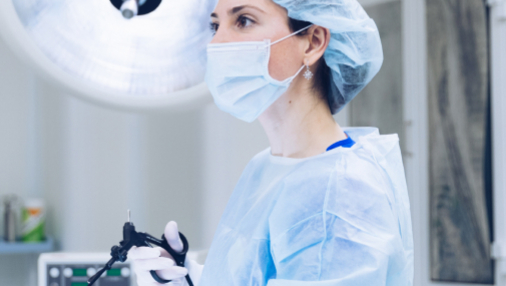
Symptoms of Hiatal Hernia
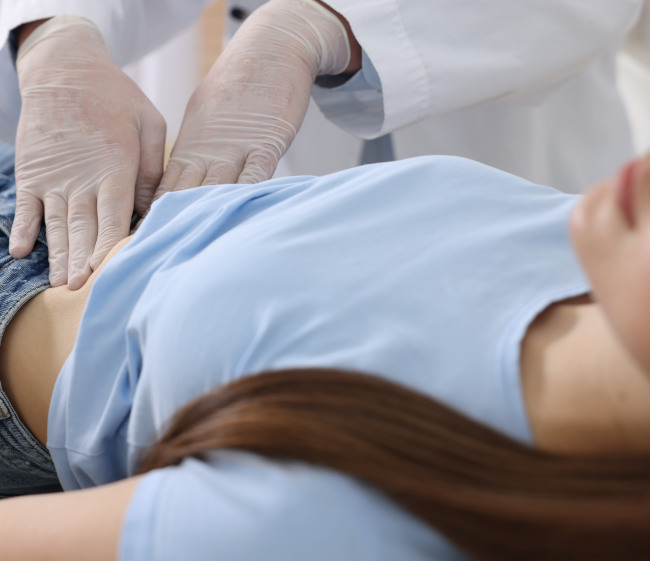
You can suspect the disease by the following symptoms:
- Frequent and prolonged heartburn
- Burning sensation at the root of the tongue after eating or in the morning, as well as after physical activity
- Belching with regurgitation
- Hoarseness
- Constant pain (sharp, dull, burning) in the upper abdomen associated with a disorder of the vagus nerve of the diaphragm with periodic strangulation of the hernia
Similar symptoms may also be present with gastroesophageal reflux, ulcers or gastritis without a hernia. Therefore, extended diagnostics are necessary to clarify the diagnosis. The main symptoms indicating a hiatal hernia include:
- Dysphangia - difficulty swallowing food, water, saliva
- Irregular heartbeat and heart rate without apparent cause, sudden attacks of tachycardia
With an esophageal hernia, it is difficult for a person to get rid of heartburn with medication. Sometimes the attacks are long and painful, not related to food.
Complications of hiatal hernia
A hernia itself is dangerous due to the strangulation of the hernial sac and its contents in the diaphragmatic orifice. When it appears, blood circulation and tissue trophism are disrupted, which causes ischemia and subsequent necrosis. In this case, hospitalization and urgent surgery are required, since acute peritonitis can lead to sepsis (blood poisoning).
Important! If you feel a spasm behind the breastbone and pain radiating to the esophagus and between the shoulder blades, you should immediately call a doctor. This may be a symptom of a strangulated hernia, which is often accompanied by nausea and vomiting with blood.

Also, a hiatal hernia in an advanced stage, which is accompanied by reflux esophagitis, provokes diseases of the esophagus:
- erosion
- ulcer and perforation
- internal bleeding
- cancer
- scarring of tissue with subsequent narrowing of the lumen or shortening of the esophageal tube
Treatment of hernia of the esophageal opening of the diaphragm
Conservative treatment
Drug therapy is aimed at eliminating the symptoms caused by gastroreflux disease.
Among the prescribed medications:
- Antacids (to eliminate heartburn)
- Proton pump inhibitors (to reduce the amount of hydrochloric acid in gastric juice)
- H2 blockers (to normalize the acidity of gastric juice)
- Prokinetics (to improve peristalsis and motility of the stomach for its rapid emptying)
- Anspasmodics (to relieve pain and spasm)
Also, to restore the mucous membrane of the esophagus and stomach, B vitamins and a special diet are prescribed. Patients are advised to lose weight and sleep on a high pillow to avoid causing gastric juice to flow back into the esophagus.
Surgical treatment
It involves eliminating the main cause — an enlarged opening in the diaphragm. The goal of surgical intervention is to ensure the normal anatomical position of the organs above and below the diaphragm, strengthen its muscle tissue and reduce the opening. At the same time, it is necessary to fix the position of the stomach so that it is in the right area and does not rise up when intra-abdominal pressure increases.
Indications for surgery:
- Paraesophageal type of hernia, accompanied by gastroreflux disease
- Any type of hernia in combination with complications such as angina pectoris, chronic gastritis, bronchial asthma
- Lack of result after drug treatment of reflux esophagitis and diagnosed axial hernia
Surgical treatment is carried out in a hospital with hospitalization. The operation is contraindicated in severe diseases of the heart, liver and kidneys, diabetes, pregnancy, and the presence of purulent-inflammatory processes in the internal organs.
Clinical cases and patient reviews
In the surgery department of the K+31 clinic (Moscow), operations to treat GERD are performed by experienced doctors with many years of experience. Patient reviews confirm the high level of safety and effectiveness of the methods used. We offer:
- Professionalism of the team. Our specialists confidently cope with any clinical situations - from typical sliding hernias to giant paraesophageal and recurrent after unsuccessful interventions
- Modern techniques. The surgical department is equipped with high-tech equipment to perform operations of any complexity. We use minimally invasive (laparoscopic) techniques, which ensures minimal pain after surgery and a quick discharge period
- Confirmed result. Patients note a decrease in heartburn and regurgitation in the first weeks after the intervention, as well as a quick return to an active lifestyle
- Quality guarantee. All surgeries are performed in accordance with international standards, and postoperative support helps to avoid complications and relapses
Our doctors are ready to help with any form of GERD - from mild asymptomatic cases to complex situations with the risk of strangulation. On the website you can see the prices for services of our center's departments in Moscow, patient reviews and read information about the operating surgeons.
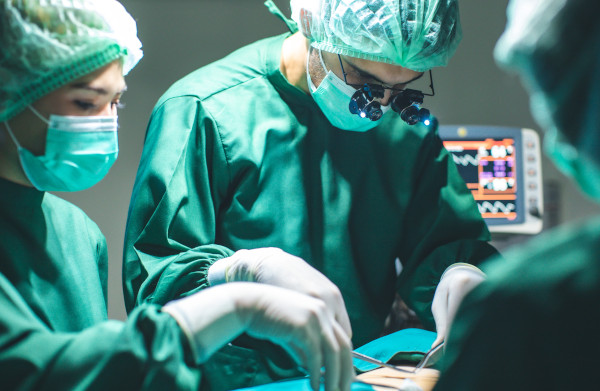
Bibliography and additional materials
- Batvinkov N. I., Rusin I. V., Karpovich V. E. Axial hernia of the esophageal opening of the diaphragm, complicated by a short esophagus // Journal of GrSMU. 2014. No. 2 (46).
- Sedakov I. E., Sovpel I. V., Sovpel O. V., Shapovalova Yu. A., Mikhailichenko V. Yu., Samarin S. A. SURGICAL TREATMENT OF HERNIAS OF THE ESOPHAGEAL OPENING OF THE DIAPHRAGM, COMPLICATED BY A SHORT ESOPHAGUS // TMBV. 2022. No. 3.
- Tatarczuk Pavel Alekseevich, Kasayeva Gulzara Rustemovna HERNIAS OF THE ESOPHAGEAL HOLE OF THE DIAPHRAGM // StudNet. 2021. No. 1.
- Broder I. A., Moroshek A. A., Sigal E. I., Burmistrov M. V. An integrated approach to the diagnosis and removal of Barrett's esophagus // EiCG. 2009. No. 4.
- Grintsov A. G., Ishchenko R. V., Sovpel I. V., Sovpel O. V., Balaban V. V. Causes of unsatisfactory results after laparoscopic plastics of hernias of the esophageal opening of the diaphragm. Research'n Practical Medicine Journal. 2021; 8 (1): 40-52.
- Baulin A.A., Baulin V.A., Starodubtsev V.A., Baulina O.A., Sigaeva N.S., Baulina E.A., Kreimer V.D., Akzhigitova A.A., Steshkina I.V. THE ROLE OF POLYPROPYLENE IMPLANT IN THE TREATMENT OF PATIENTS WITH GASTROESOPHAGEAL REFLUX DISEASE AND HERNIAS OF THE HIAPHEGAL HOLE OF THE DIAPHRAGM // Modern problems of science and education. 2013. No. 6.

This award is given to clinics with the highest ratings according to user ratings, a large number of requests from this site, and in the absence of critical violations.

This award is given to clinics with the highest ratings according to user ratings. It means that the place is known, loved, and definitely worth visiting.

The ProDoctors portal collected 500 thousand reviews, compiled a rating of doctors based on them and awarded the best. We are proud that our doctors are among those awarded.
Make an appointment at a convenient time on the nearest date
Price
Other services
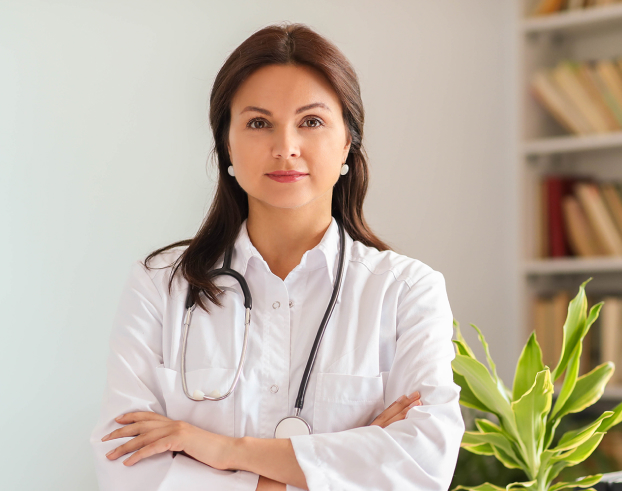

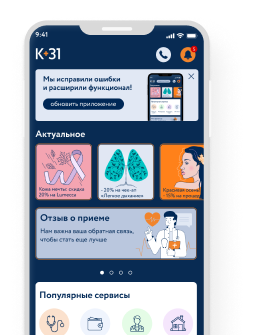



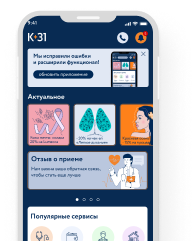
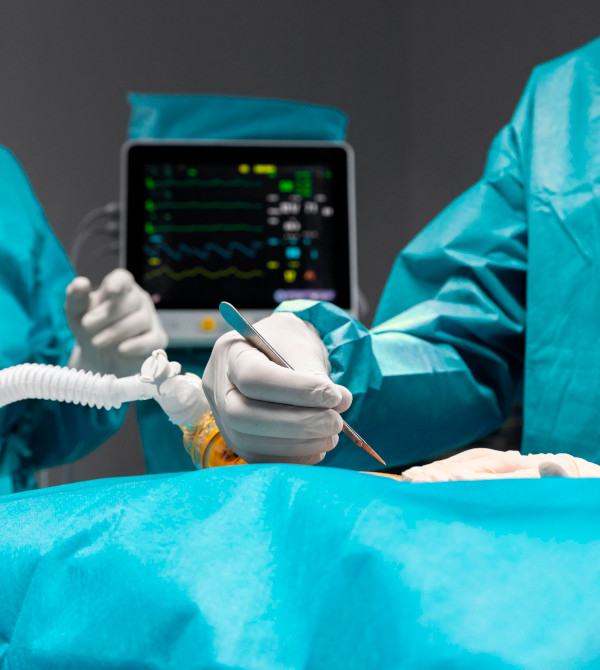
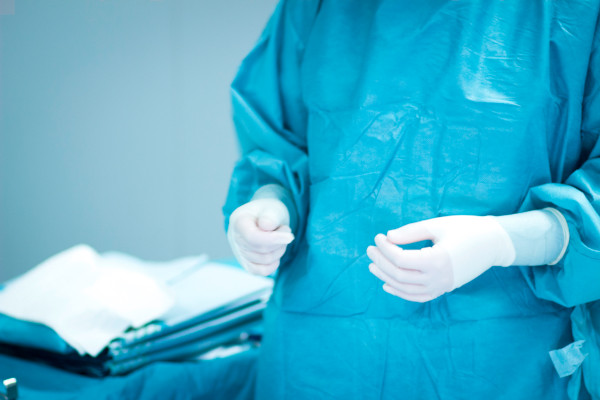



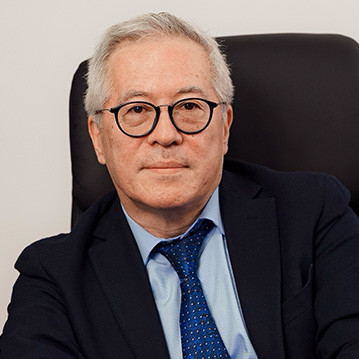

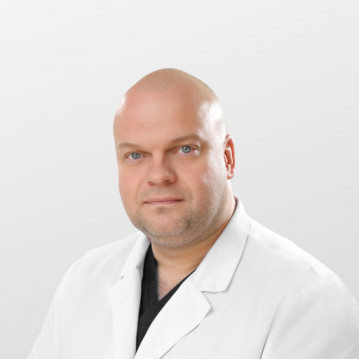
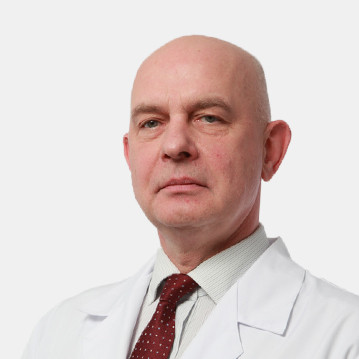
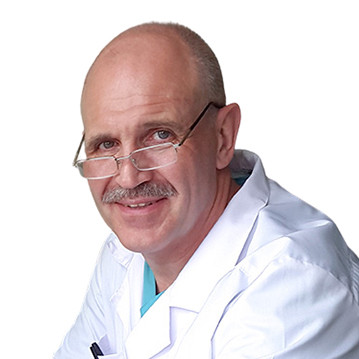
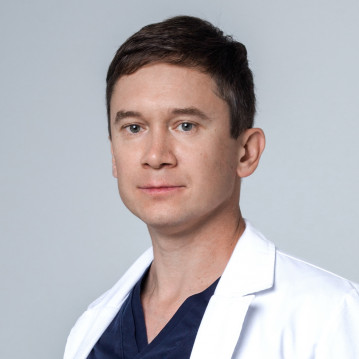
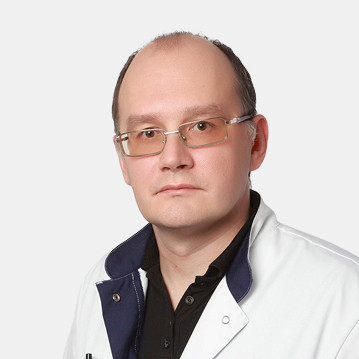
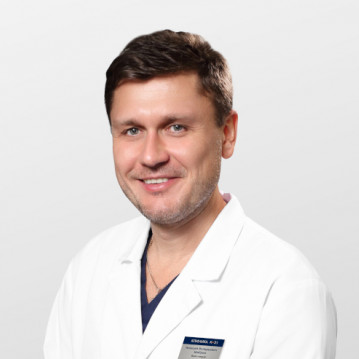

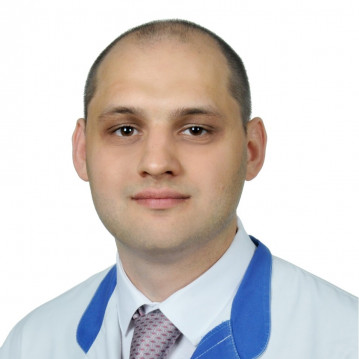
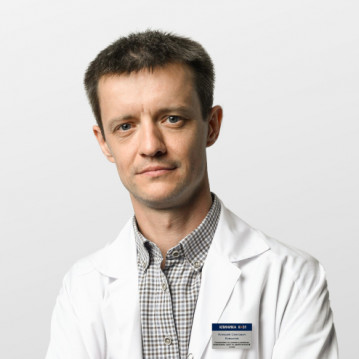
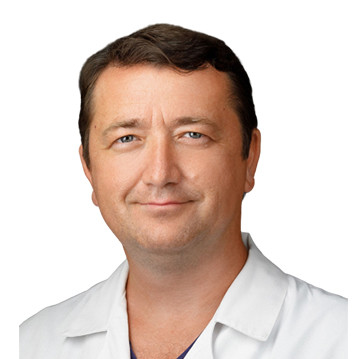
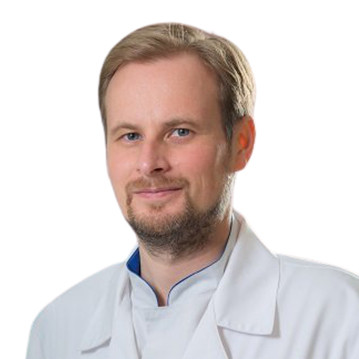
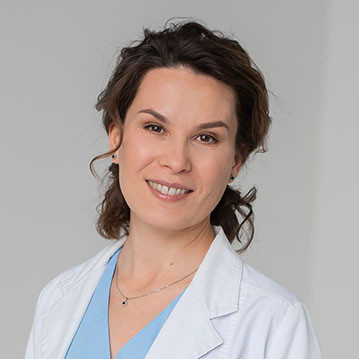
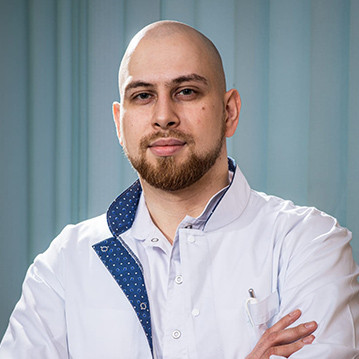
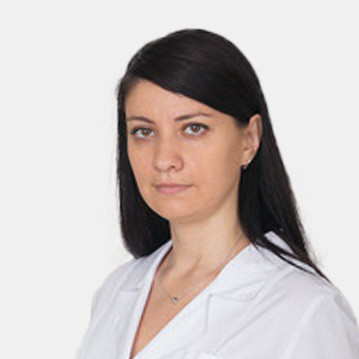
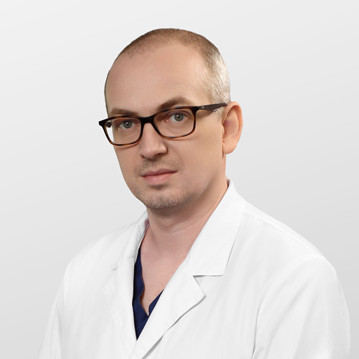
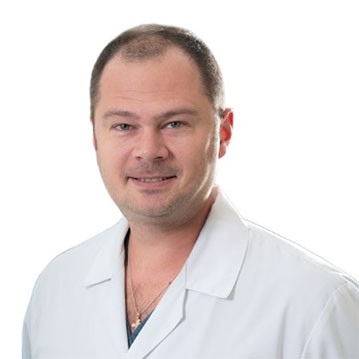
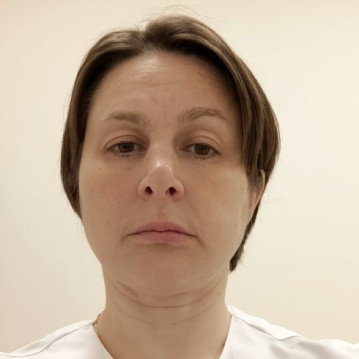
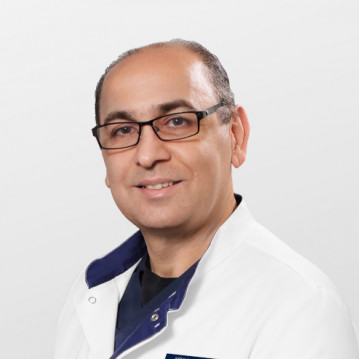


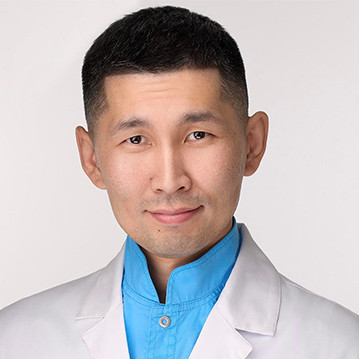

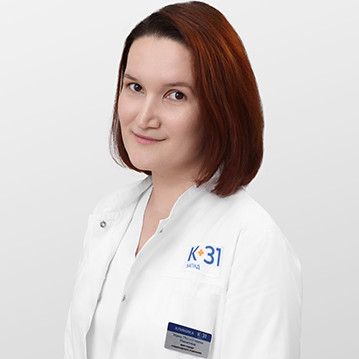


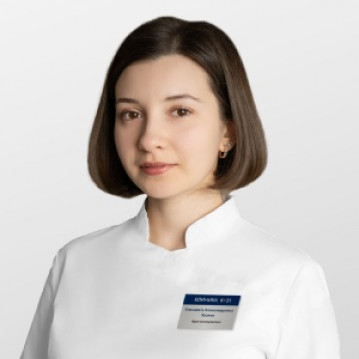

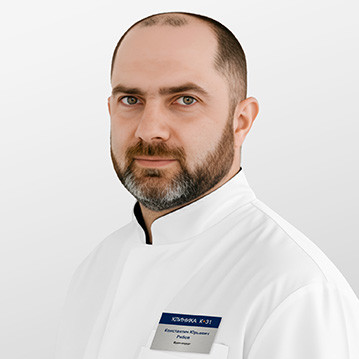
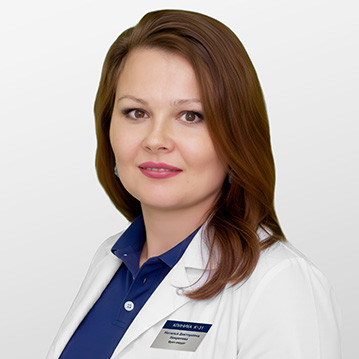
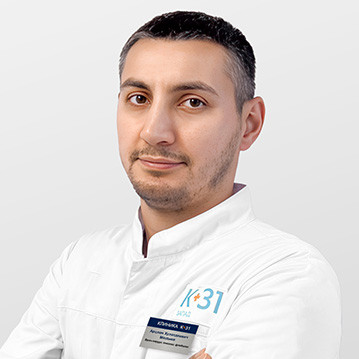
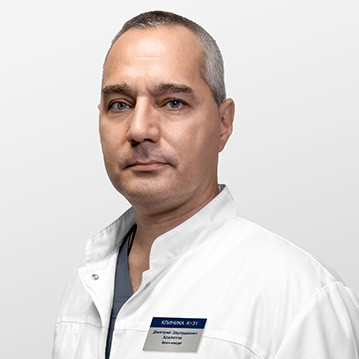

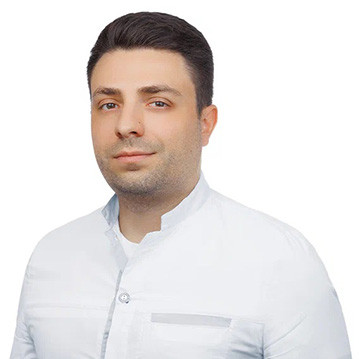
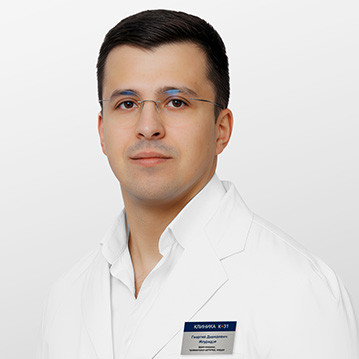



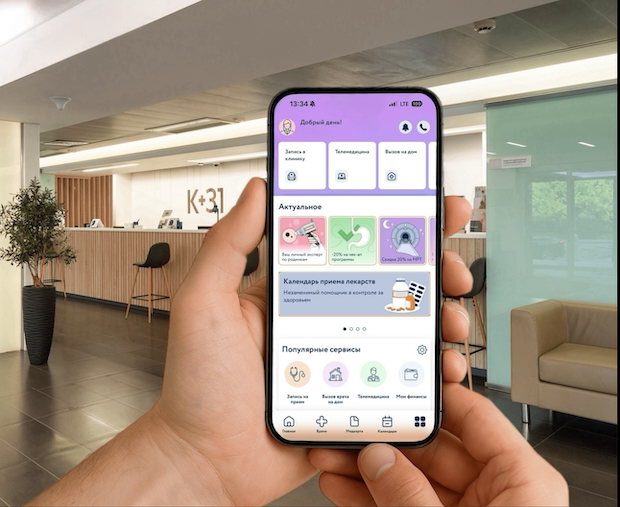



Definition of hernia of the esophageal opening of the diaphragm (HH, hiatal hernia)
The diaphragm divides the internal area of the body into the thoracic and abdominal sections, each of which contains organs in a strict anatomical order. There is a small diaphragmatic opening for communication between the esophagus (in the thoracic section) and the intestines (in the peritoneum).
HH is a stretching of the esophageal opening in the diaphragm, in which part of the organs of the peritoneum (stomach and surrounding soft tissues) exit through the resulting wide base of the esophagus upward, into the thoracic section, forming a hernia.
In severe cases, the movement of organs through the enlarged opening occurs spontaneously when a person is in a horizontal position, and the symptoms become persistent. The disease is closely related to the symptoms of reflux esophagitis. When it develops, acid from the stomach comes up the esophagus and burns its mucous membrane, which causes heartburn and discomfort.
Hiatal hernia (HH) occurs with equal frequency in men and women. However, it has been noted that the risk of pathology is higher in people over 50 years of age with obesity and gastrointestinal disorders.